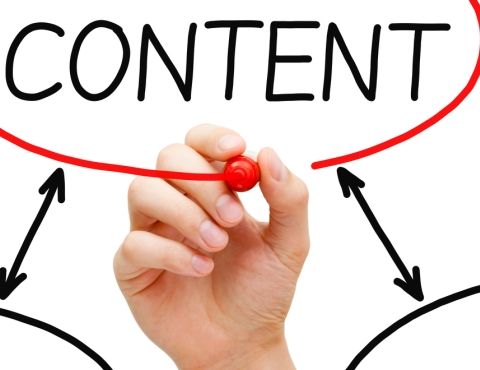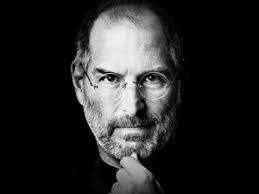According to NASA, the mineral wealth found in the asteroid belt equals out to the equivalent of just about 100 billion dollars for every person on Earth today. That’s a lot of wealth, but more importantly, that’s a lot of resources .
If you aren’t aware, getting materials from planet Earth to outer space takes an extravagant amount of fuel, and that means an extravagant amount of money. To that end, by acquiring raw materials from space itself, we could develop a host of space structures (such as colonies or space stations) and even generate rocket fuel, which will ultimately be needed if we ever hope to explore and colonize our solar system in a way that is economically viable.
As Planetary Resources CEO Chris Lewicki asserts, “Whether it’s the air we breathe, the water we drink, the materials that we build things with, or ultimately, of course, the food that we eat…all of these things are available to us on this planet, but when we head into space, we have to bring all of it with us. That of course, isn’t very scalable.”
And to that end, NASA states that, in the 21st century, space exploration will be reliant upon what we can mine in the cosmos, “The metals and minerals found on asteroids will provide the raw materials for space structures, and comets will become the watering holes and gas stations for interplanetary spacecraft.”
A host of governments and private companies are already working on asteroid mining projects. Luxembourg recently established a €220 million fund for space mining projects; the United States signed the Commercial Space Launch Competitiveness Act into law, which recognizes the right of U.S. citizens to own asteroid resources. Private companies like Planetary Resources and Deep Space Industries have a number of technologies in production to help humanity mine the cosmos.
“People think that this is something that will be a century away, or maybe something that their grandkids might see,” Lewicki asserts, “but people already doing this. We already have two spacecrafts in orbit around asteroids, and in the first half of the 2020s, we anticipate that we will Planetary Resources will be touching on the surface of the nearest asteroid and extracting the first really demonstrable amount of asteroid resources on site.”
That’s 10 years until we’re mining our first asteroid. Of course, there are a lot of things that need to happen in order for this ten-year timeframe to be met, but we are well on our way.
The first concern is establishing clear regulations regarding asteroid mining. For example, who really owns asteroids, anyways? Can anyone just venture space with a flag and stake a claim?
Lewicki notes that, while such regulations will take some time to fully flesh out, we are already taking steps to cement laws regarding commercial operations in space: “The United States government has taken up this matter for the last couple of years, seeing how this industry was developing very rapidly. They created the first framework that identifies how we will deal with property rights, regulation, and ownership of things that are developed and obtained in space.”
This is the Commercial Space Competitiveness Launch Act, and other nations are already launching similar initiatives. The United States has led this, and now we’re seeing other countries, and other space programs, follow suit. Earlier this spring, the United Arab Emirates and their newly established space program described their intent to establish some policy related to space resources and space mining, and just last week, the deputy prime minister and the prime minister of Luxembourg announced a very large initiative that the country there is starting, and we’re collaborating with them in that activity, and they are going to form a new space policy which helps create a framework that supports the development of the industry.
Another concern with asteroid mining is getting to the asteroids. A great number of the asteroids in our solar system exist in a belt between the orbits of Mars and Jupiter. That’s about 204 million miles. For comparison, the Moon is 238,000 miles away from Earth. Fortunately, we may not have to go quite that far in order to get to find viable asteroids for mining.
“Asteroids are actually the most accessible destinations once you go out of low-Earth orbit, and a lot of people aren’t aware of that. They think of asteroids as something between Mars and Jupiter, and that’s very, very far away. But that’s the great benefit of the near-Earth asteroids. There are now 14,000 that have already been discovered, and a few thousand of those actually are far easier to make the journey to-and-from.”
What do you think, would you invest in asteroid mining?










